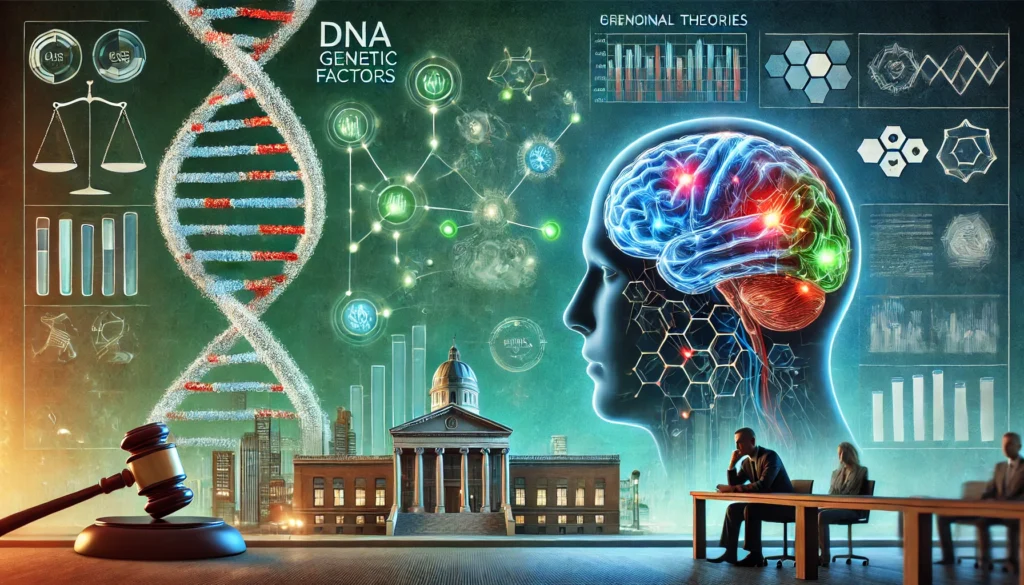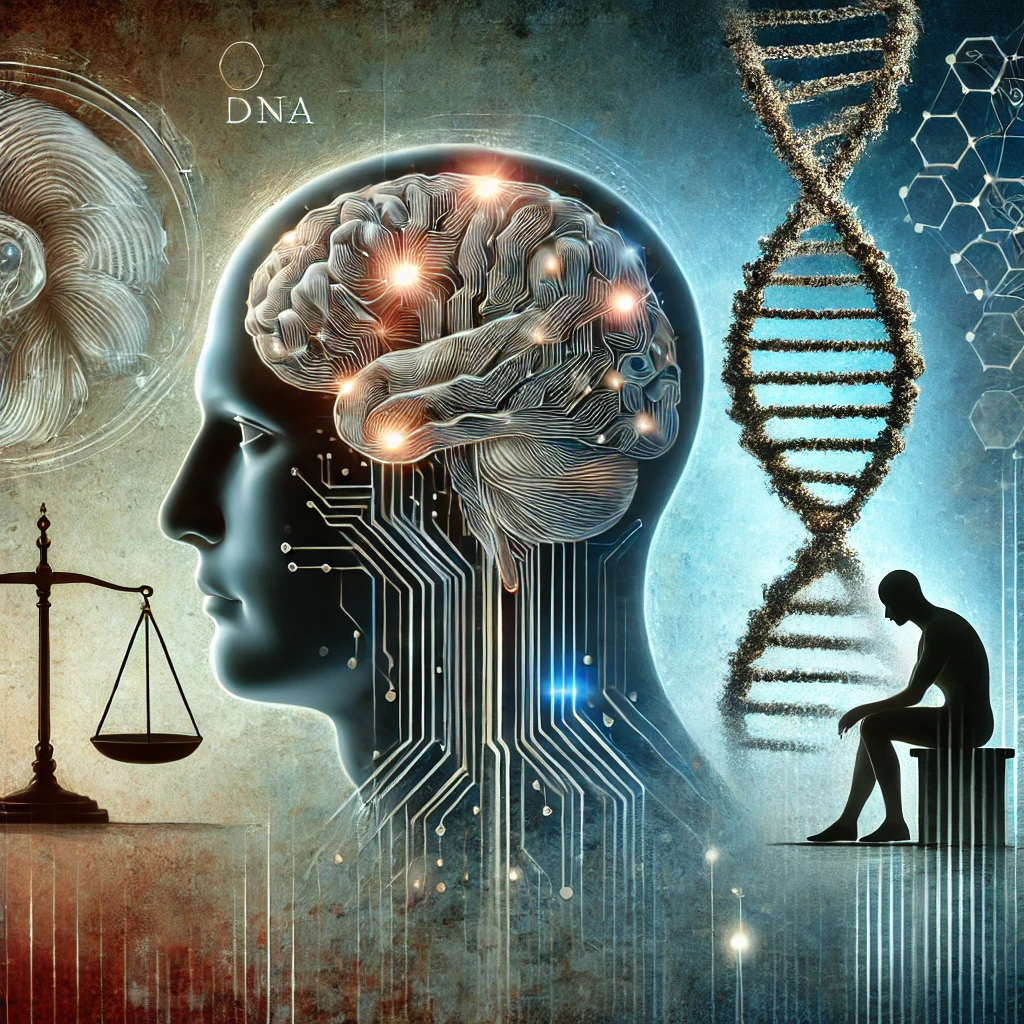Understanding the roots of criminal behavior is a topic of immense interest in criminology. Among the various approaches, biological theories offer insights into how genetics, neurobiology, and physiological factors contribute to criminal tendencies. These theories propose that some individuals may have inherent traits or conditions that predispose them to unlawful activities. This article explores the core aspects of biological theories of criminal behavior, their historical development, supporting evidence, and critiques.
The Evolution of Biological Theories in Criminology
Biological explanations for criminal behavior date back to the 19th century. Early criminologists like Cesare Lombroso introduced the concept of the “born criminal,” suggesting that criminality is an inherited trait. Lombroso’s theories, although controversial, laid the groundwork for further exploration of biological influences on crime.
Subsequent advancements in science shifted the focus from physical traits to genetic, neurological, and biochemical factors. Modern biological theories integrate findings from genetics, neuroscience, and psychology to provide a more comprehensive understanding of criminal behavior.
Cesare Lombroso and the “Born Criminal”
Lombroso, often regarded as the father of modern criminology, believed that criminals could be identified by specific physical characteristics, such as facial asymmetry, prominent jaws, and other “atavistic” features. While his methods lacked scientific rigor, Lombroso’s work initiated the study of biological factors in crime.
Modern Biological Theories
Contemporary biological theories encompass a wide range of factors:
- Genetic Influences: Research into twin and adoption studies suggests that genetics may play a role in criminal behavior. For instance, identical twins often show higher concordance rates for criminal activities compared to fraternal twins.
- Neurobiological Factors: Abnormalities in brain structures and functions, such as damage to the prefrontal cortex, have been linked to impulsivity and aggression.
- Biochemical Factors: Imbalances in neurotransmitters like serotonin and dopamine are associated with aggressive and antisocial behavior.
- Hormonal Influences: Elevated levels of testosterone and cortisol dysregulation have been correlated with increased aggression and criminality.
Supporting Evidence for Biological Theories
Numerous studies support the biological underpinnings of criminal behavior:
- Twin and Adoption Studies: These studies provide evidence for genetic influences by comparing criminal tendencies in biological and adoptive families.
- Brain Imaging Research: Functional MRI (fMRI) and PET scans have revealed structural and functional abnormalities in the brains of violent offenders.
- Neurotransmitter Studies: Low serotonin levels are consistently linked to impulsive and aggressive behaviors.
Case Studies
- Phineas Gage: The famous case of Phineas Gage, who suffered a traumatic brain injury, highlights the role of brain damage in personality and behavior changes.
- MAOA Gene (“Warrior Gene”): Studies on the MAOA gene mutation indicate a potential link between genetic predisposition and aggressive behavior, especially when coupled with environmental stressors.

Critiques and Ethical Concerns
Despite the compelling evidence, biological theories face several critiques:
- Determinism: Critics argue that these theories may imply that individuals are predestined to commit crimes, undermining the concept of free will.
- Ethical Implications: The potential for genetic profiling raises concerns about discrimination and stigmatization.
- Overlooking Environmental Factors: Sole reliance on biological explanations may ignore the influence of social, economic, and cultural factors.
Balancing Nature and Nurture
Modern criminology advocates for a biosocial approach, recognizing the interplay between biological predispositions and environmental influences. This perspective emphasizes that while biology may predispose individuals to certain behaviors, environmental factors significantly shape their manifestation.
Applications in Criminal Justice
Biological theories have practical implications for the criminal justice system:
- Rehabilitation Programs: Understanding neurobiological deficits can inform therapeutic interventions.
- Risk Assessment: Identifying biological risk factors can aid in predicting recidivism.
- Policy Development: Insights from biological research can guide policies on mental health and crime prevention.
Conclusion
Biological theories of criminal behavior offer valuable insights into the complex interplay of genetics, brain function, and biochemistry in shaping human actions. While these theories are not without limitations, they contribute to a holistic understanding of crime when integrated with environmental and social perspectives. As research advances, the integration of biological insights with criminological practices holds promise for more effective prevention and rehabilitation strategies.

